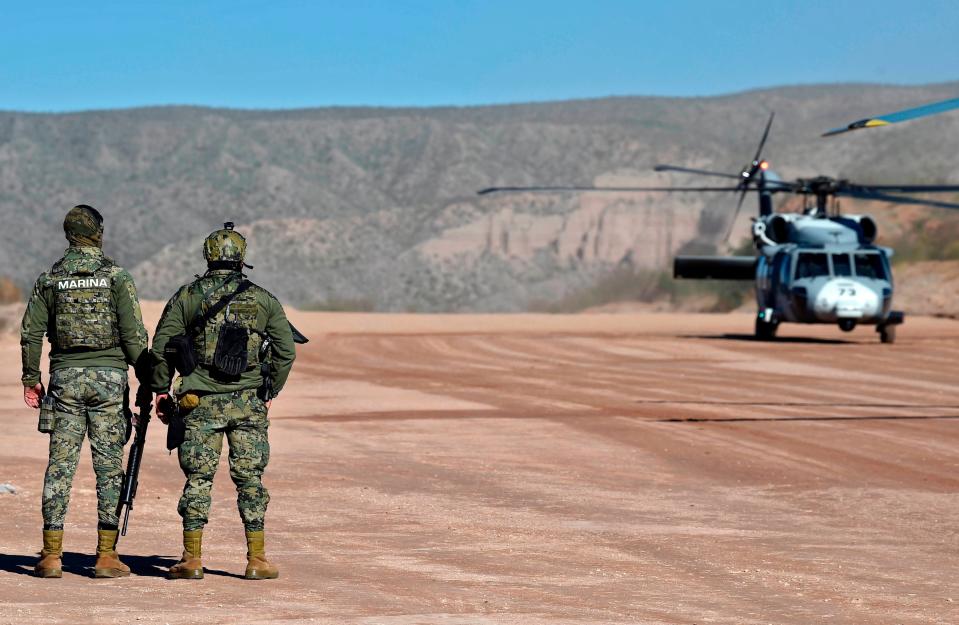Can drought-hit US make rain artificially? How popularity of ‘cloud seeding’ is spreading

The Mexican Air Force is in the midst of a pitched battle. Not with drug traffickers or a foreign adversary, but with the climate crisis, and its latest weapon is a sci-fi-like technique called “cloud seeding”.
Much of the country is bone dry, with drought affecting some 85 per cent of Mexican territory since last July, draining reservoirs and straining farming.
That led Mexican authorities to deploy cloud seeding, according to the newspaper Milenio, a practice where tiny particles are sprayed into the air that encourage ice crystals to form inside of clouds, which eventually turn into precipitation as they continue to grow.
Air force pilots fly small planes 5,000 metres high and release a solution of silver iodide, a chemical found in antiseptic and photography materials.
The air force tested the practice last year in Baja California, and used cloud-seeding to battle drought-driven fires in the states of Nuevo León and Coahuila. Its efforts with seeding remain ongoing in particularly hard-hit drought states like Sinaloa, Chihuahua, and Sonora.
At least eight states across the US are using cloud seeding as well, according to Scientific American.
Some hope it could be a key tool to tackling the “megadrought” that has been plaguing the US West for decades, where conditions are drier than they have been since the 1500s thanks to global heating and other factors.
Scientists have been toying with cloud seeding since the 1940s, after a General Electric researcher named Vincent Schaefer conducted early experiments into cloud seeding.
In the decades since, private and government entities have tried using cloud seeding to alter hurricanes, increase snowfall, and even as a weapon of war, but sound evidence of its effectiveness was rare until recently, and research funding dried up in the 1980s.
Now, however, thanks to sophisticated new technologies and the urgency of the climate crisis, there’s a new interest in cloud seeding.
States in the parched Colorado basin including Colorado, Utah, and Wyoming are collaborating on one such effort.
“Certainly we’re in a better position now to address that question than we were 10 years ago,” Jeff French, an atmospheric scientist at the University of Wyoming, told the magazine. “The state of the science has progressed to the point that it is a question that we can and should be trying to address now.”
Recent research suggests cloud seeding could increase snowfall by between five and 15 per cent, and a study out of Wyoming “unambiguously” showed its effectiveness. If that result is found elsewhere, cloud seeding could be more cost-effective than other drought measures, though critics argue some of the chemicals used in cloud seeding are harmful, and that even if it increases precipitation, it doesn’t change the root causes of the climate crisis.
Read More
Cloud seeding: Should we be playing god and controlling the weather?
This is what California’s ‘mega-drought’ looks like up close

 Yahoo Finance
Yahoo Finance 